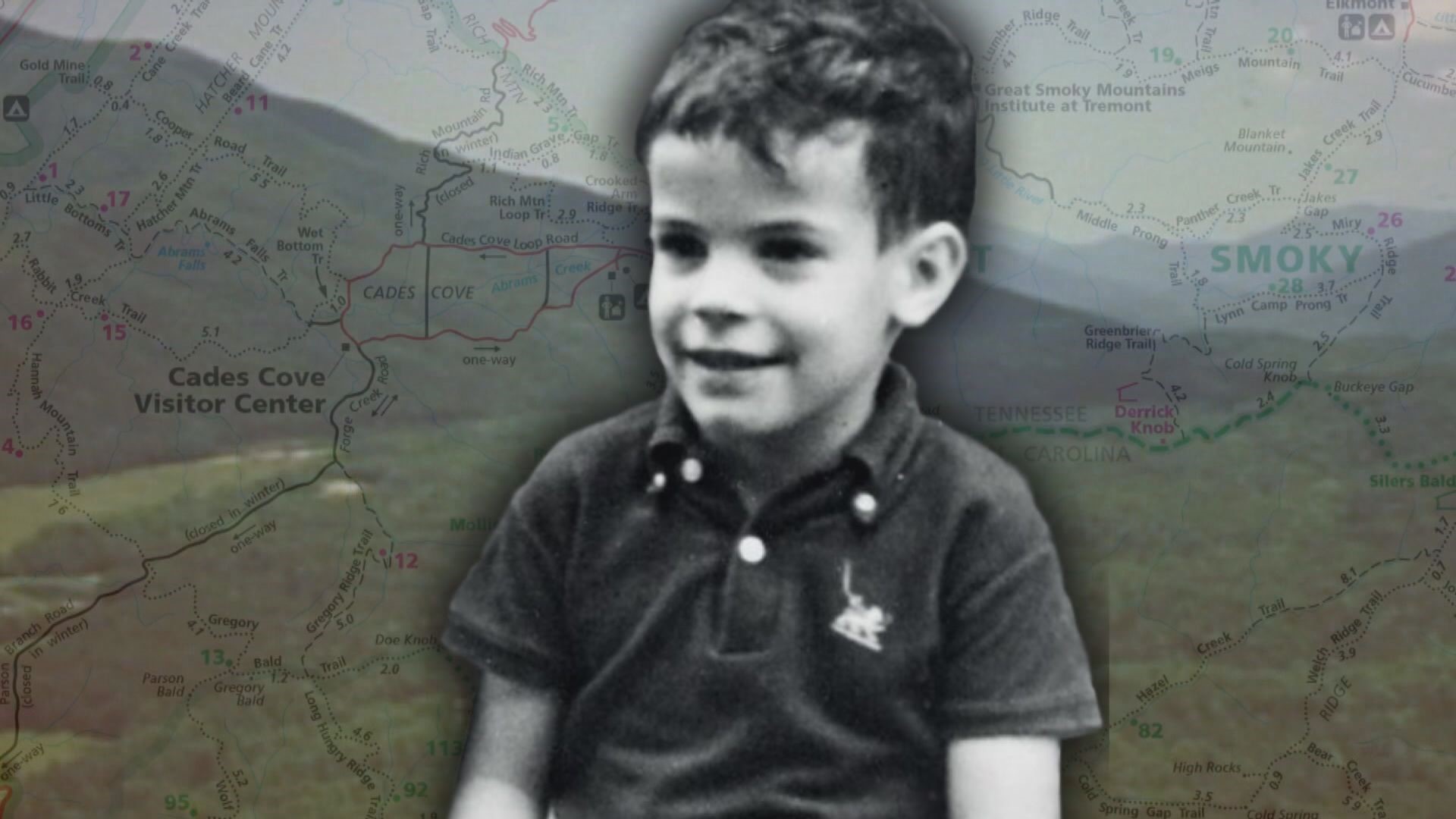Nobody knows what happened to Dennis Martin. It is unlikely we will ever know. The fate of the young Knoxville boy who disappeared in 1969 remains one of the great mysteries of the Great Smoky Mountains National Park (GSMNP).
"You turn to the end of the book to find out what happened to Dennis Martin and the pages are blank. It is the ultimate mystery," said Clay Jordan, GSMNP deputy superintendent. "I think it still resonates with people because you had an innocent boy who was with his family and closely supervised. It suddenly goes from everyone having fun to a parent's worst nightmare."
Some things are certain about the unsolved Dennis Martin case. Above all, the failure to find the 6-year-old boy spurred a new science that changed how the entire world searches for lost people. The advancements have saved countless lives in the half-century since Martin disappeared.

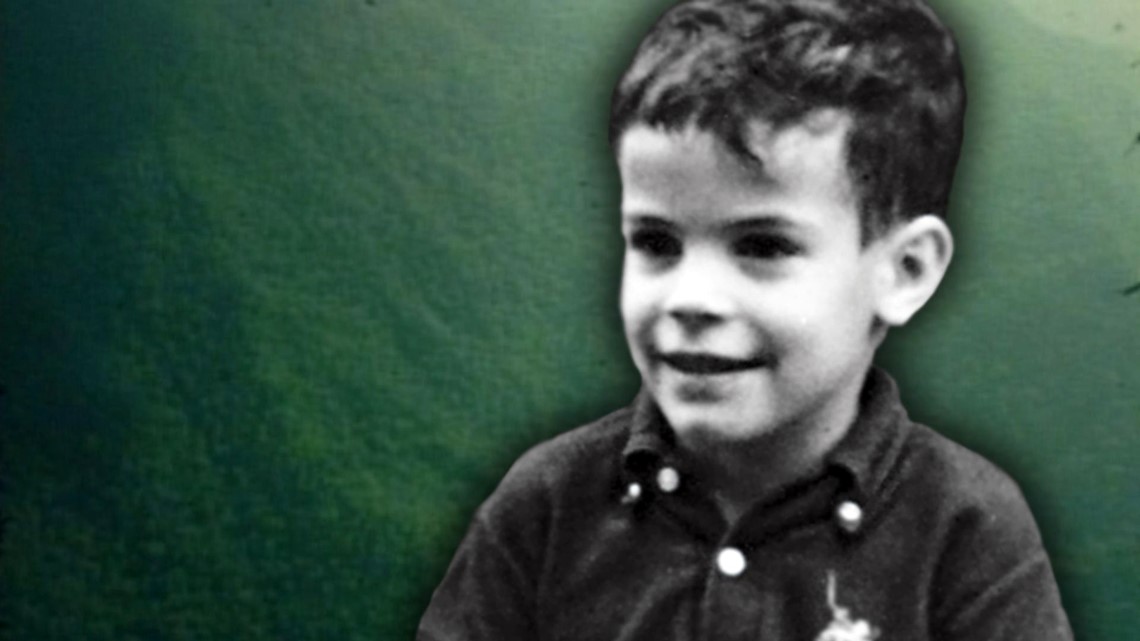
The gain for society is the result of tremendous personal pain for search crews and a Knoxville family that did nothing negligent.
FATHER'S DAY TRADITION
Dennis Martin was just a few days shy of his seventh birthday when he went on a camping trip on Father's Day weekend in 1969. The boy from Knoxville joined his dad Bill Martin, grandfather Clyde Martin, and 9-year-old brother Doug on a multi-day hike from Cades Cove to the Appalachian Trail.
After spending Friday night at the shelter at Russell Field, the men of the Martin family hiked Saturday to the grassy area of Spence Field along the Tennessee and North Carolina state line. Dennis's family described him as a quiet and energetic boy who was a fast walker, often hiking at the front of the group.
During the trip, the Martins came across an unrelated Martin family from Alabama with two young boys. At Spence Field, the adults sat and watched the children play together.

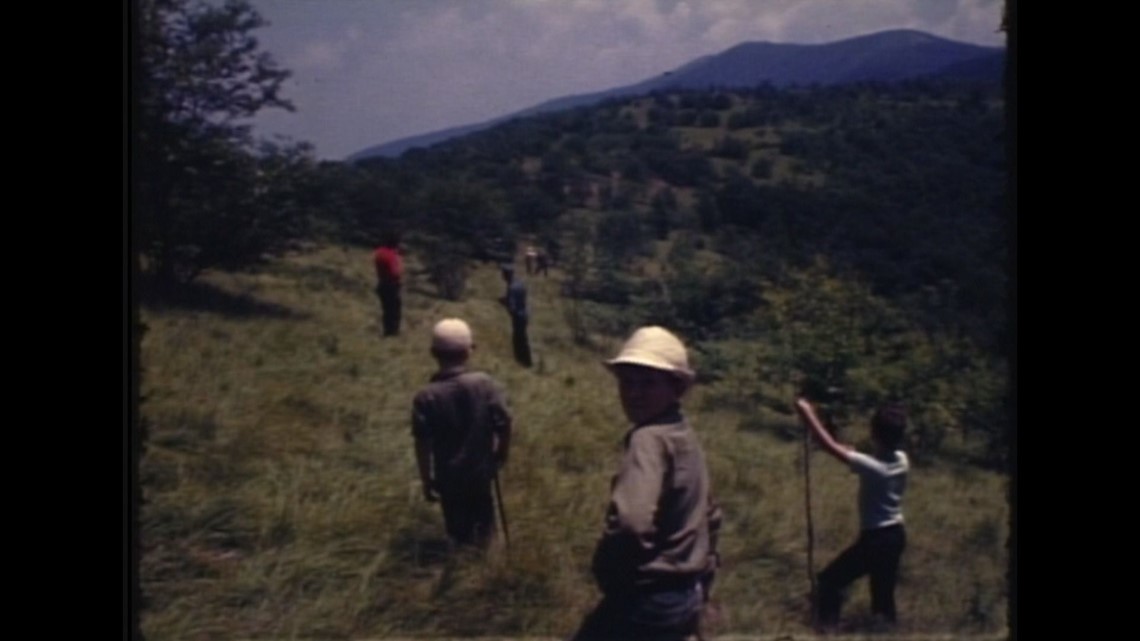
At around 4:30 p.m., the four boys huddled up and planned a playful prank to sneak behind the adults and scare them. The amused parents could tell what the children were plotting, but played along.
"The boys' plan was to split up and jump out of the woods on both sides to scare their parents. Dennis was wearing a red shirt that made him easy to see, so the three older boys sent him in the opposite direction by himself. The older boys jumped out, 'booed' the family, and everyone had fun. But when it came time for Dennis to jump out, he never showed up," said Dwight McCarter, an expert tracker and retired park ranger who helped with the Dennis Martin search.
It had only been three minutes since Bill Martin saw Dennis sneaking away, but he wasted no time calling the boy. Bill Martin hiked back and forth several miles on nearby trails and found no sign of Dennis.
"The problem at Spence Field is there's an incessant wind. Sometimes you can blow and whistle up there and the wind will drown it out. It just so happened a severe weather system was rolling in, so you had the roar of the wind. From Spence Field, it is downhill in almost every direction with thick rhododendron. You can very easily get turned around up there, especially a little boy," said McCarter.

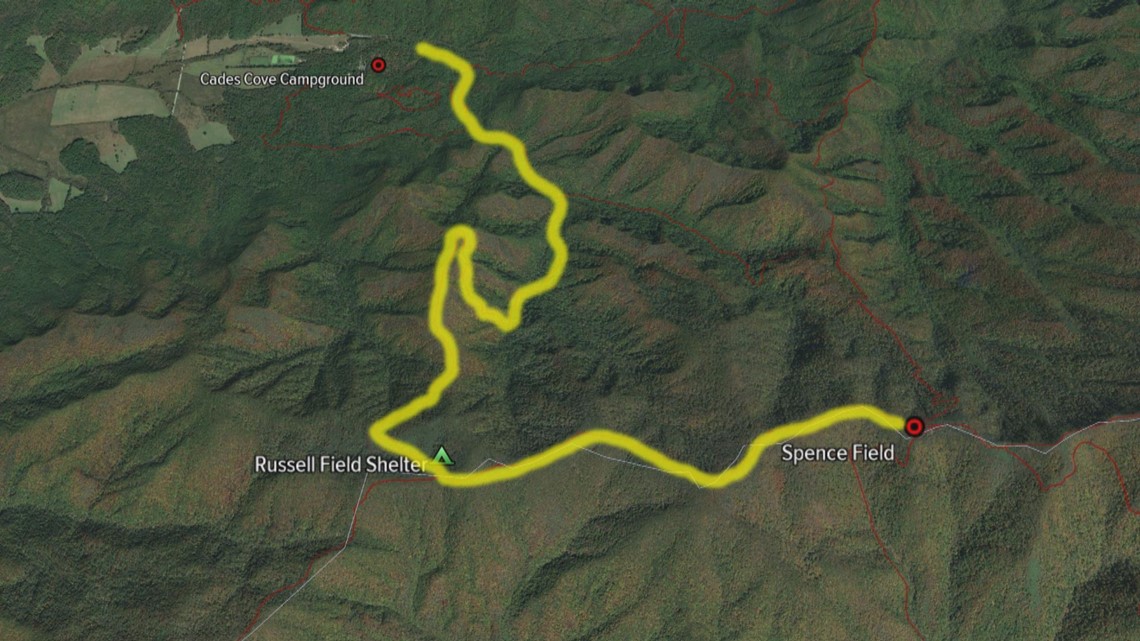
Dennis's grandfather, Clyde Martin, hiked six miles to Cades Cove and notified rangers at 8:30 p.m. Saturday. Clyde then hiked several miles back up the trails to Spence Field to look for his grandson, but found nothing along the way.
As darkness started to fall Saturday, so did a dangerous deluge of more than 2.5 inches of rain in one night. Overnight lows were around 50 degrees. All streams were high and turbulent.
"The storm was so vicious, the people there at the shelter had trouble even lighting a fire," said McCarter. "You have lightning and thunder and all of this rain, with people looking around the shelter and imagining what the little boy was going through. Where could he be?"
The family and rangers searched as much as they could in the immediate area throughout the stormy night and found nothing. They asked people on every trail to Spence Field if they had seen the boy. Dennis was nowhere to be found.
FLOOD OF SEARCHERS WASH OUT
On Sunday, June 15, 1969, a heavy search for Dennis Martin began at 5:00 a.m. The severe weather overnight posed a physical risk to Dennis Martin and made it difficult for searchers to see and hear while scouring the Smokies.

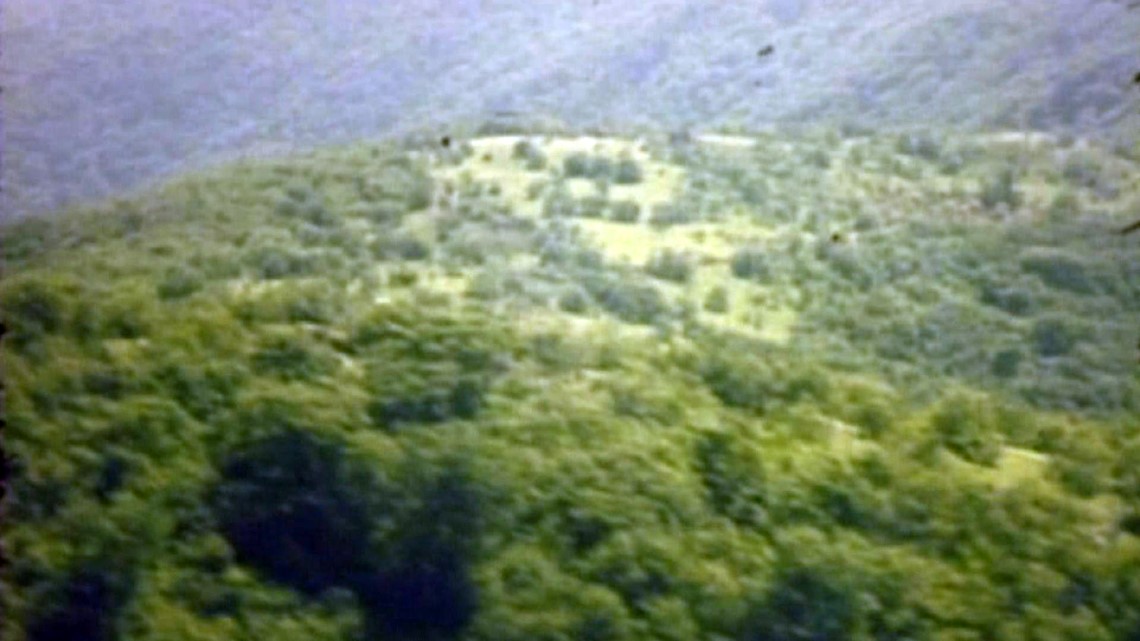
"You have fog and rain with all the streams roaring. If a little boy is yelling, you probably can't hear it," said McCarter. "The rain obliterated everything, I would say. It washed away a lot of clues and scent before the search even started."
Along with rangers, rescue squads, hiking club members, and other locals searching the area, on the first day a group of around 40 Boy Scouts were camped at nearby shelters on the Appalachian Trail. The boys came to the Martin family's aid, and subsequently covered the muddy terrain in child-size footprints in every direction.
In the following week, the search force grew to 1,400 people a day stomping through the mountains in search of Dennis. Military helicopters helped transport search teams to Spence Field. Special Forces troops from Fort Bragg were doing exercises near the Smokies in North Carolina and were suddenly on hand to navigate dense terrain similar to the jungles where they had experience fighting in Vietnam.
Any clues not washed away by the rain were drowning in the flood of people with good intentions.

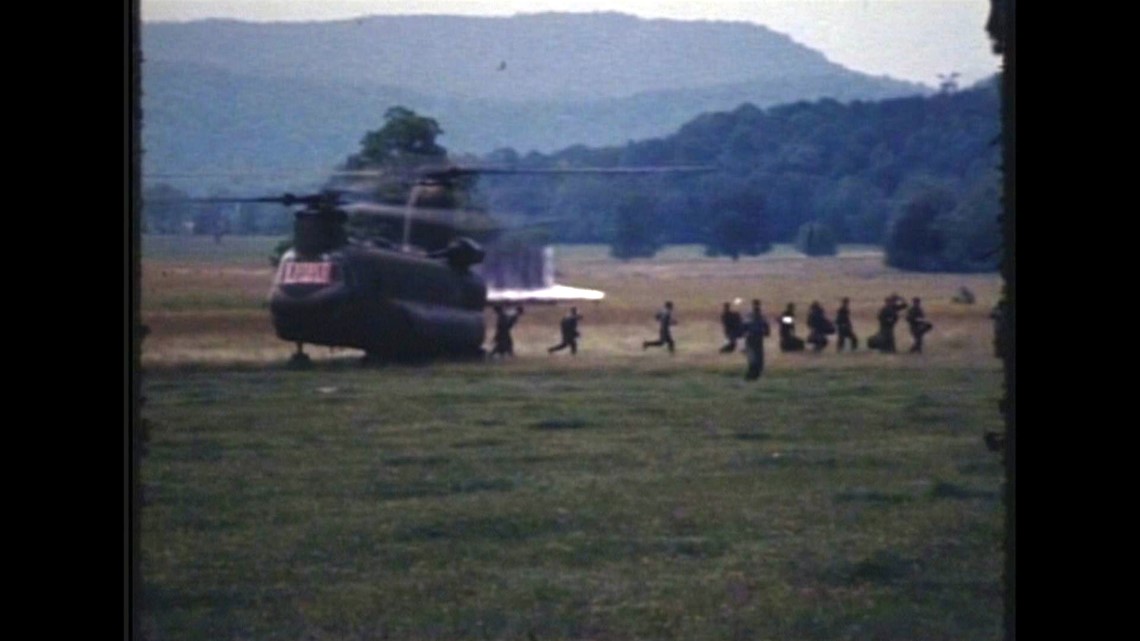
"If you've got 1,400 people, they've stomped on everything. It just doesn't work. Every broken branch, footprint, and other clue has been trampled. You've got search dogs that can't sniff any clues. We did searches back then like they were forest fires. You surrounded it and drowned it," said McCarter.
The weather did not get any better. Another several inches of rain hampered the search with flash floods, roads too muddy to drive, and skies that kept aircraft grounded.
As the search dragged on, nationally famous psychics contacted the Martin family with claims they could help find the child. Search crews diverted resources to follow their suggestions to no avail.
Theories ran rampant, but were mostly based on rumors or speculation. Some thought he may have been attacked by an animal. The shorelines from the mountain top to Fontana Lake were searched in case he washed away in the heavy rains. The family offered a reward for their son's return for fear the total disappearance meant Dennis was kidnapped.

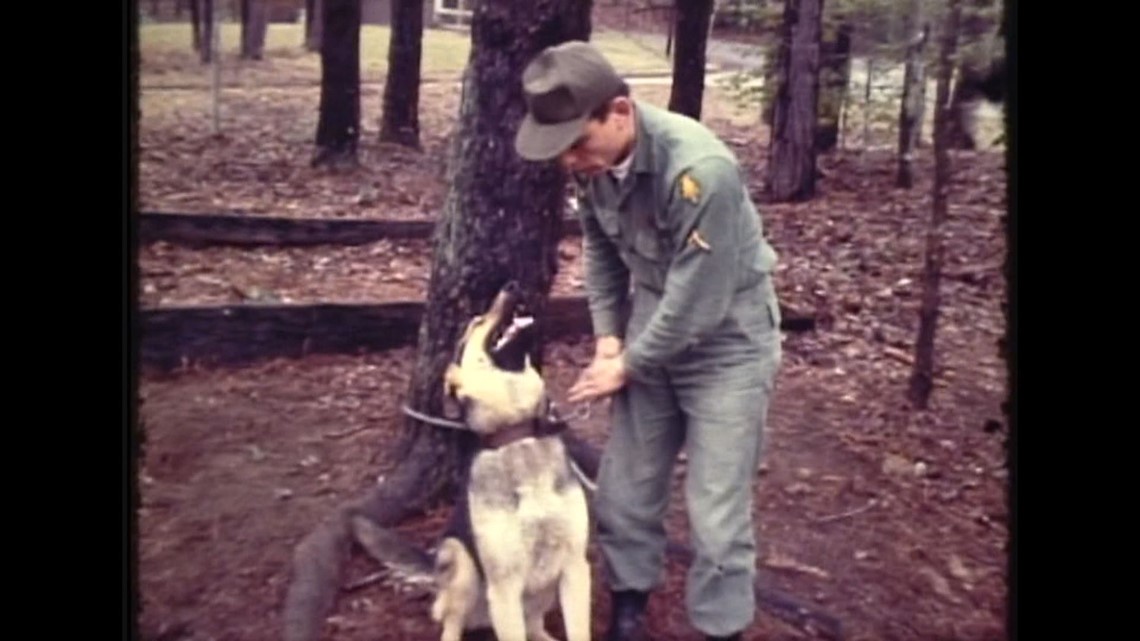
In mid-July, a man from Carthage, Tenn., contacted the park to report hearing a loud scream in the woods on the day Dennis Martin disappeared. Rangers deemed the location of the scream too far away from where Dennis was reported missing and said it was unlikely related. Plus, the report came five weeks after the search began and virtually the entire area was already searched.
In the decades since Dennis Martin's disappearance, some online investigators and critics of the search claim the scream was "dismissed" and should have been investigated more heavily, but they often fail to offer context that the scream was reported more than a month after it occurred.
McCarter said one of the most promising clues was disregarded or too difficult to investigate.
"Some local guys found a footprint on one side of the mountain of a small boy's Oxford shoe like Dennis was wearing. But there were possibly other children in that same area with some searchers, so it was assumed to be one of the tracks of those children," said McCarter.


After several weeks, survival grew unlikely for Dennis if he was still in the national park. With the strong possibility of death in the air, that is where many searchers turned their attention. They smelled for any decaying odors. They watched for vultures and buzzards overhead. The searchers found several small animals, a dog carcass, and a dead bobcat. Still, no sign of Dennis.
The massive search was scaled back and eventually stopped in mid-September 1969.
What happened to Dennis Martin? Did he seek shelter from the cold rain and die from hypothermia in an area searchers could not see? Did he fall off a cliff? Was he attacked by an animal? Was he kidnapped? There were infinite possibilities and leads, none of them leading to Dennis.
SMOKIES BURY SECRETS
With the Great Smoky Mountains ranking as the most-visited national park in the United States, you may think someone is bound to come across something in the Dennis Martin case eventually. In fact, the likelihood of discovering evidence fades with time.

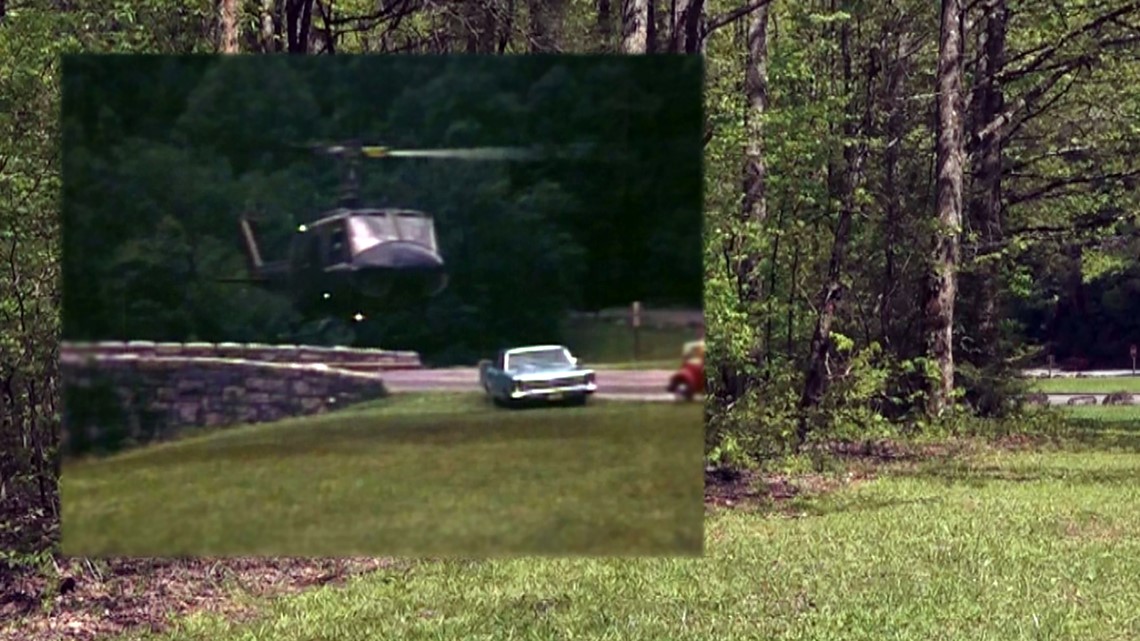
Entire fields where helicopters landed during the search are now covered with towering trees. The forest floor is also buried with leaves that generate around one inch of topsoil every year.
"An inch every year builds up on top of the area. So you're talking about 50 inches under the earth," said McCarter. "You have a window of opportunity and it is very short."
The environment in the Great Smoky Mountains full of high heat, humidity, animals, and rich organic material can accelerate decomposition. The thick forest canopy also makes even large objects such as aircraft difficult to locate.
NO ENDING, NEW SCIENTIFIC BEGINNINGS
The failure to find Dennis Martin left searchers and the boy's family with a painful void. There was no closure. The story had no ending.
Yet, it marked a new beginning for search and rescue techniques that have saved tens of thousands of people in half-century since the Martin case.


"People got together and wanted to know how you could have thousands of people searching an area and not find Dennis Martin," said Jordan. "The Dennis Martin case led to the creation of a whole new scientific approach to searching for people. There was a real effort to study how we manage searches and the psychology of how lost persons behave."
Jordan said he first heard Dennis Martin's name around 30 years ago in a search management class on the other side of the country.
"I was not working in the Smokies when I learned about Dennis Martin. People everywhere in the world involved in search and rescue know Dennis Martin's name. He was the boy responsible for changing search and rescue. Not just in Tennessee or the United States, but across the globe. People being trained in search management in Australia are taught the Dennis Martin case," said Jordan.
Throughout the 1970s and 1980s, a large emphasis was placed on research and training search personnel. Improvements were made to develop proper rescue equipment. Communications and chains of command were revamped for searchers. Rescue crews changed how they communicate with the public to solicit valuable assistance without damaging a search.

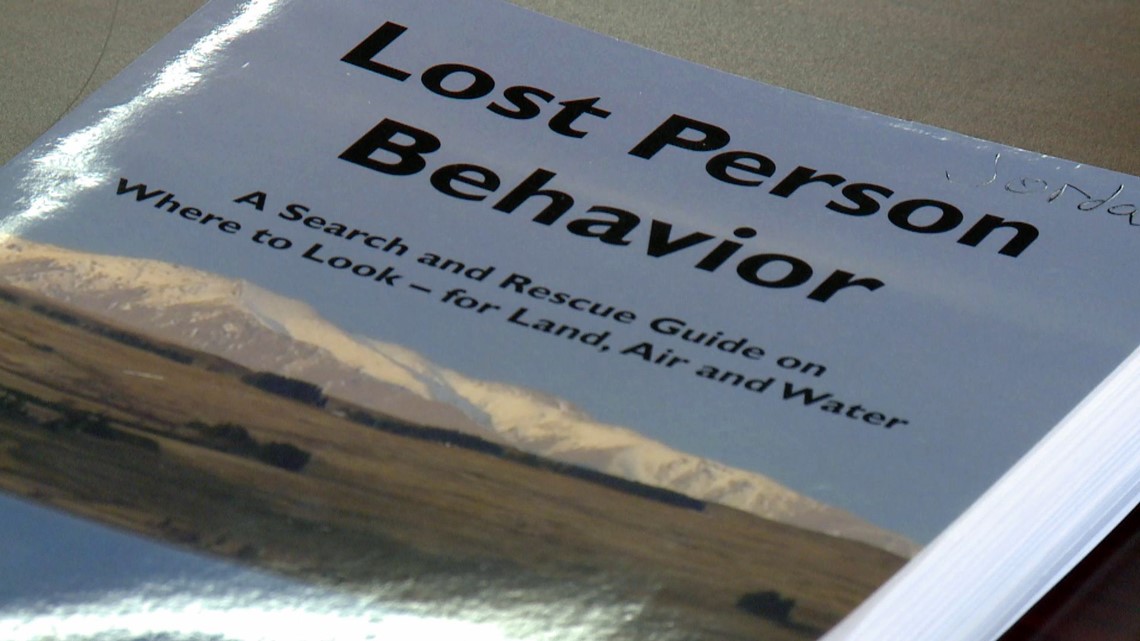
Gone were the days of "surrounding and drowning" a search area with thousands of people.
"We learned it was better to have a smaller group of well-trained searchers than a mass of hundreds or thousands of people. You want to secure the site for people who know how to search without damaging clues. And we know the key is to search for clues instead of looking for the person. There is only one person out there for you to see, but there could be dozens of clues that will lead you to the missing person."
SOLACE AND SUFFERING
There may not have been anything rescue crews could have done to save Dennis Martin. The conditions were terrible and clues would likely be difficult to find if the same thing occurred today. But research, advancements in equipment, development of statistical databases for lost person behavior, and organizational changes to people assigned to searches make recovering evidence far more likely.
"If there is a worst-case scenario and we cannot save the person's life, we are strongly committed to finding them. The family needs answers," said Jordan. "Searchers work very closely with families and become personally and emotionally invested."

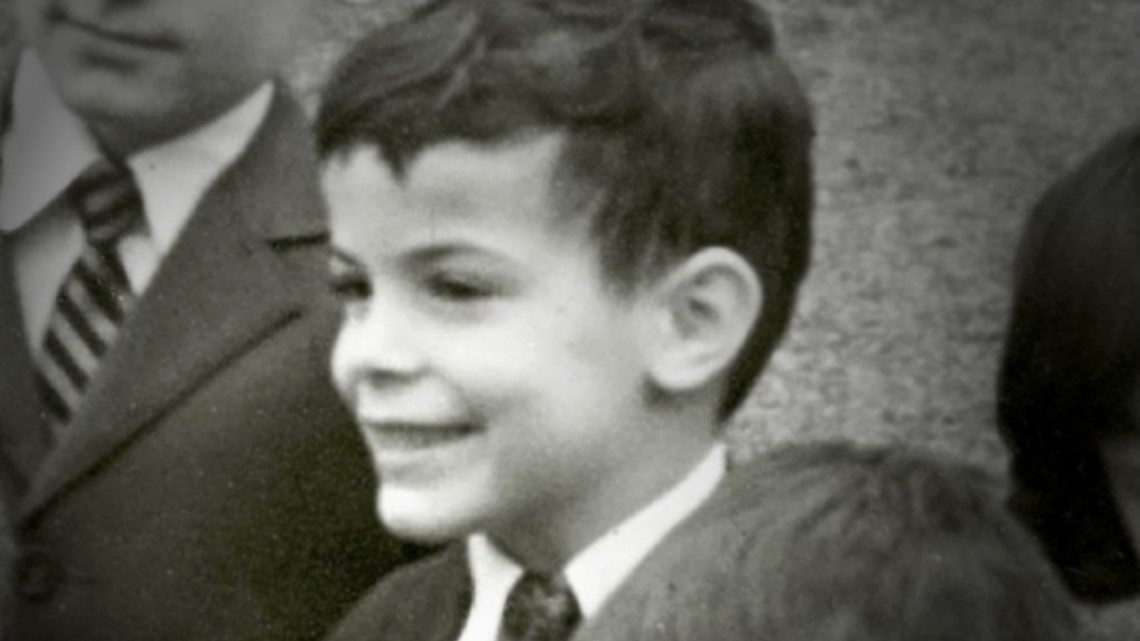
Experts have filled the blank pages at the end of the Dennis Martin search with lessons that continue to save lives. Nonetheless, a void remains in a tragic case that may never end.
"We don't want another Dennis Martin. His case inspires us to be at our best and always continue improving," said Jordan. "The lack of closure gnaws away at people and we feel that pain."
"It is a sad thing that we were never able to find him. It tugs at your heart. Dennis was local boy from a good family," said McCarter. "To the searchers and the family who didn't find him, it is not your fault. You did the best you could with the resources that you had. It is not your fault."
HIKING SAFETY TECHNOLOGY AND ESSENTIALS
GPS technology has drastically changed the ability to find lost people. Emergency GPS devices can contact rescue crews and notify them of your exact location. GPS units are also used by searchers to track exactly where they have looked for a missing person.
Even without high-tech gadgets, some basic essentials and knowledge can save your life if you become lost in the woods.
- Know your physical limitations, plan your trip, and share those plans with others. Most searches are for people who are overdue rather than truly lost.
- If you are hiking multiple days, let someone know where you plan to go and check-in frequently. If you are camping overnight, sign in at shelters so crews can determine your last location.
- Stay on the trail. Trails are where rescue crews search first and where you will encounter other hikers who can help.
- Stay put. If you know you are lost, do not go deeper into the wilderness. Stay in the same location until rescue crews can locate you. Streams can be preferable spots because they provide a source of water and often have a break in the canopy so you can be spotted from the air.
- Know the 10 hiking essentials: a map and compass, sun protection, extra clothes, a flashlight, first aid, repair kit, matches/lighter, food, water, and something for emergency shelter.
- Carry a whistle. It is lightweight, loud, can alert people to danger, and help people locate you in an emergency.
PERSONAL THANKS
Reporter's note: I spoke to the mother of Dennis Martin prior to this story to make the family aware of our coverage. I thank Mrs. Martin for her consistently gracious and polite treatment of WBIR journalists through the years. The Martin family has endured five decades of unimaginable personal tragedy. WBIR fully understands the Martin family's decision to decline interviews and respects their privacy.

